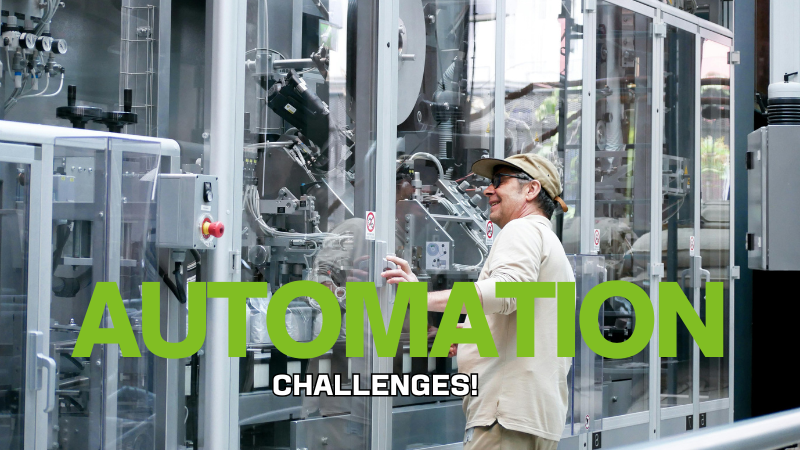Top Challenges Businesses Face When Adopting Automation and How to Overcome Them

Automation is transforming industries across the globe. From robotic arms to warehouse management systems, companies are investing in smart technologies to streamline operations, cut costs, and remain competitive. Yet, while the benefits are clear, the journey toward automation is not without hurdles. Many businesses face common challenges when adopting automation—and knowing how to address them can make all the difference.
1. High Upfront Costs
One of the first barriers companies encounter is the significant investment required for automation equipment. Robotic systems, conveyors, and advanced software can seem daunting from a financial standpoint.
How to overcome it:
Instead of viewing automation purely as an expense, businesses should evaluate it as a long-term investment. The return often comes through reduced labor costs, improved efficiency, and fewer errors. Partnering with a sourcing agency can also help identify suppliers who offer competitive pricing, financing options, or scalable solutions that fit your budget.
2. Trusting the Right Suppliers
With the global supply chain opening access to thousands of automation providers, one of the biggest risks is choosing the wrong partner. Issues like poor product quality, hidden costs, or lack of after-sales service can disrupt the entire project.
How to overcome it:
Conducting due diligence is critical—checking supplier certifications, visiting factories, and verifying past projects. A sourcing agency acts as an on-the-ground partner, bridging the gap by vetting suppliers, negotiating terms, and ensuring that your chosen partner is reliable and experienced.
3. Integration with Existing Systems
Many businesses already operate with legacy systems or partially automated processes. Integrating new technologies into existing workflows can be complex and may cause operational downtime.
How to overcome it:
Before purchasing automation equipment, businesses should clearly map out their current systems and identify compatibility requirements. Sourcing agencies can help by coordinating with suppliers who specialize in integration solutions, ensuring the technology is not just advanced but also adaptable to your existing infrastructure.
4. Lack of Technical Expertise
Even with the best equipment, automation projects can fail without the right knowledge to implement and maintain them. Many companies underestimate the training and technical support needed.
How to overcome it:
Choosing suppliers that provide training programs and after-sales support is essential. Sourcing agencies can help secure agreements where training and technical assistance are part of the package, reducing long-term risks and ensuring smooth adoption.
5. Uncertainty About ROI
For many decision-makers, the biggest question remains: Will automation pay off? Without clear projections, it can feel risky to commit.
How to overcome it:
Start small and scale up. Businesses can test automation in one department or process before rolling it out across the company. By measuring efficiency improvements, the return on investment becomes clearer. A sourcing partner can help match you with suppliers who offer modular or scalable solutions, making it easier to adjust as your confidence grows.
Final Thoughts
Automation adoption isn’t always a smooth journey—but the challenges are far from insurmountable. By addressing cost concerns, building trust with reliable suppliers, ensuring smooth integration, securing technical support, and taking a step-by-step approach, businesses can unlock the full potential of automation.
With the right sourcing partner by your side, navigating these challenges becomes much simpler. At Guangzhou Bright Future, our role is to connect businesses with trusted automation suppliers, handle negotiations, and ensure that each solution is tailored to your specific needs, so you can focus on achieving results, not managing risks.